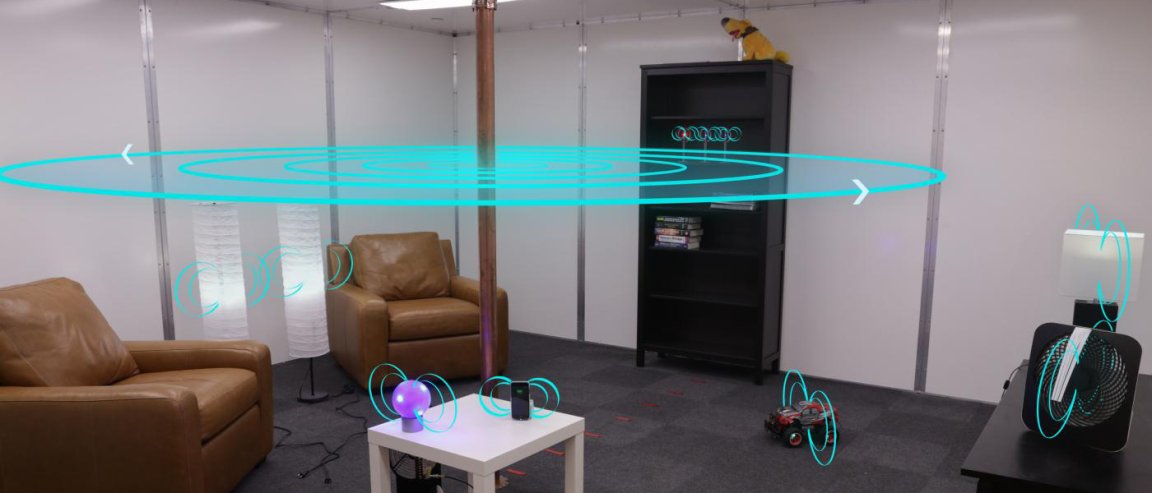
QSCR
It seems like almost everything has gone wireless. Yet somehow, when it comes to charging electronic devices, we still have to deal with cords. Sure wireless charging exists, but only for small devices like your smartphone. And even then, it’s not convenient as you might hope. To actually power a device, a phone must maintain contact with a charging pad, which means it can’t be used while charging. This seems to be even a bigger hassle than dealing with cords and cables.
That’s not to say, however, that advances aren’t being made in this field. For instance, researchers from Disney Research just demonstrated a new method of charging called quasistatic cavity resonance (QSCR) that allows power to be wirelessly transmitted throughout a room, which means you can easily go about using your devices while you charge your battery.

QSCR works similar to how WiFi hotspots provide internet connectivity wirelessly. To demonstrate, the team built a 16×16-foot room with aluminum walls, ceiling, and a floor with a bolted aluminum frame. The interior was then filled with near-field standing magnetic waves. The result was a room that was able to power cell phones, fans, and lights simultaneously without the use of cords, cables, or awkward charging pads.
By inducing electrical currents in the metalized interior, they were able to generate uniformed magnetic fields that then transmitted to receiving coils which follow the same resonant frequency. Devices that operate in the same megahertz frequency could receive power at any point in the room, while magnetic waves that don’t have the same frequency are unaffected.
Research simulations show that this method can effectively transmit 1.9 kilowatts of power, which could fully charge 320 smartphones.
Real Wireless Charging
Scientists have been working for years to create stable and reliable wireless power transmission. But, the closest we have come to achieving it today, prior to this breakthrough, was through using charging pads and cradles, which don’t offer much distance. This new development is the first step towards truly wireless charging tech.
To make this technology commercially available, there won’t be a need to construct entirely new, metal rooms. The researchers believe that as they refine the technology, it will be possible reduce the required metal for interiors. They also think that people will be able to simply add modular panels, use conductive paint, or install copper poles in existing structures to get the same results.
This innovative method could be a technological game changer because it essentially makes electrical power as accessible as WiFi, lending itself to new applications—from portable electronics to robotics.
“In this work, we’ve demonstrated room-scale wireless power, but there’s no reason we couldn’t scale this down to the size of a toy chest or up to the size of a warehouse,” said researcher Alanson P. Sample.